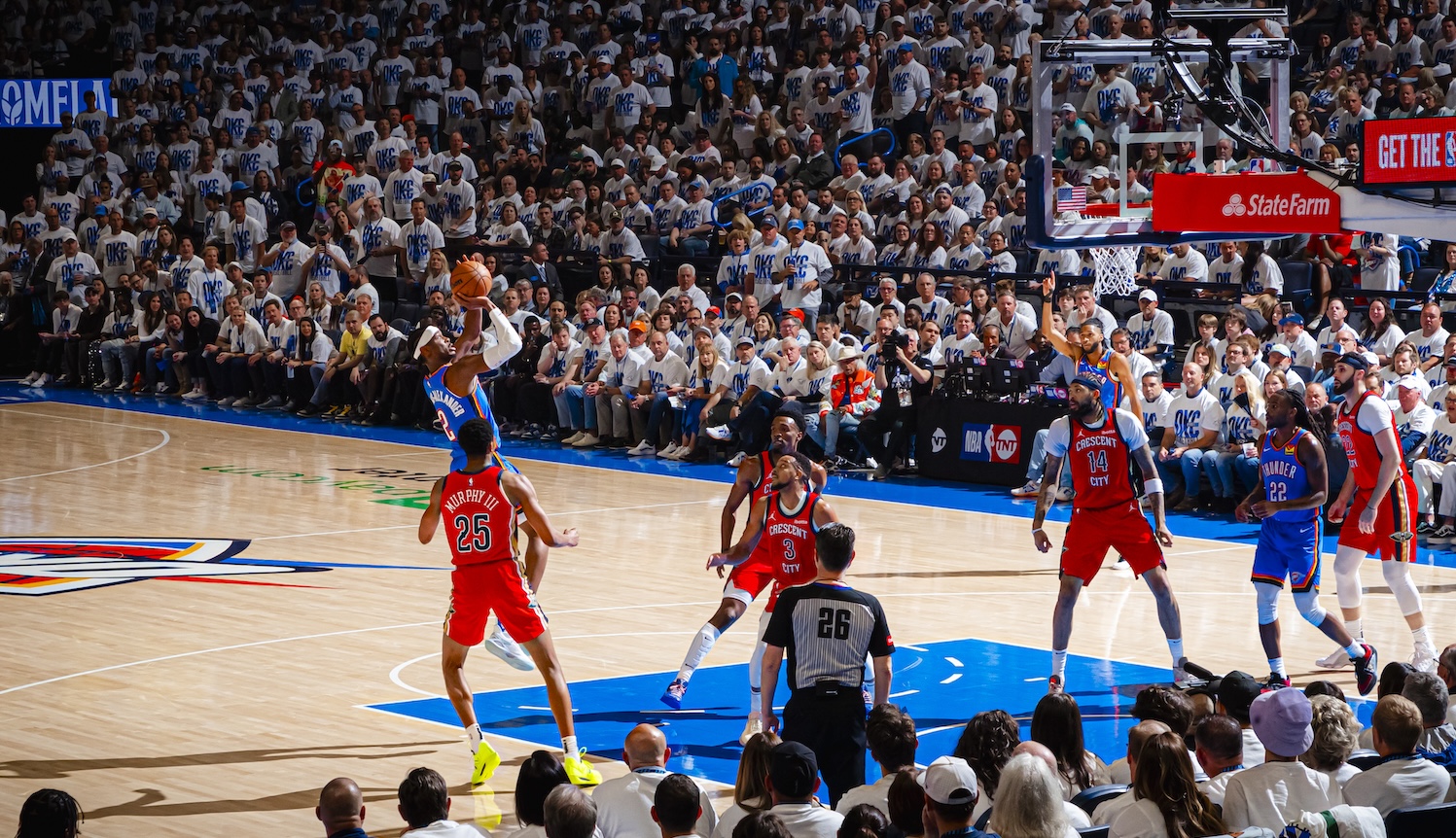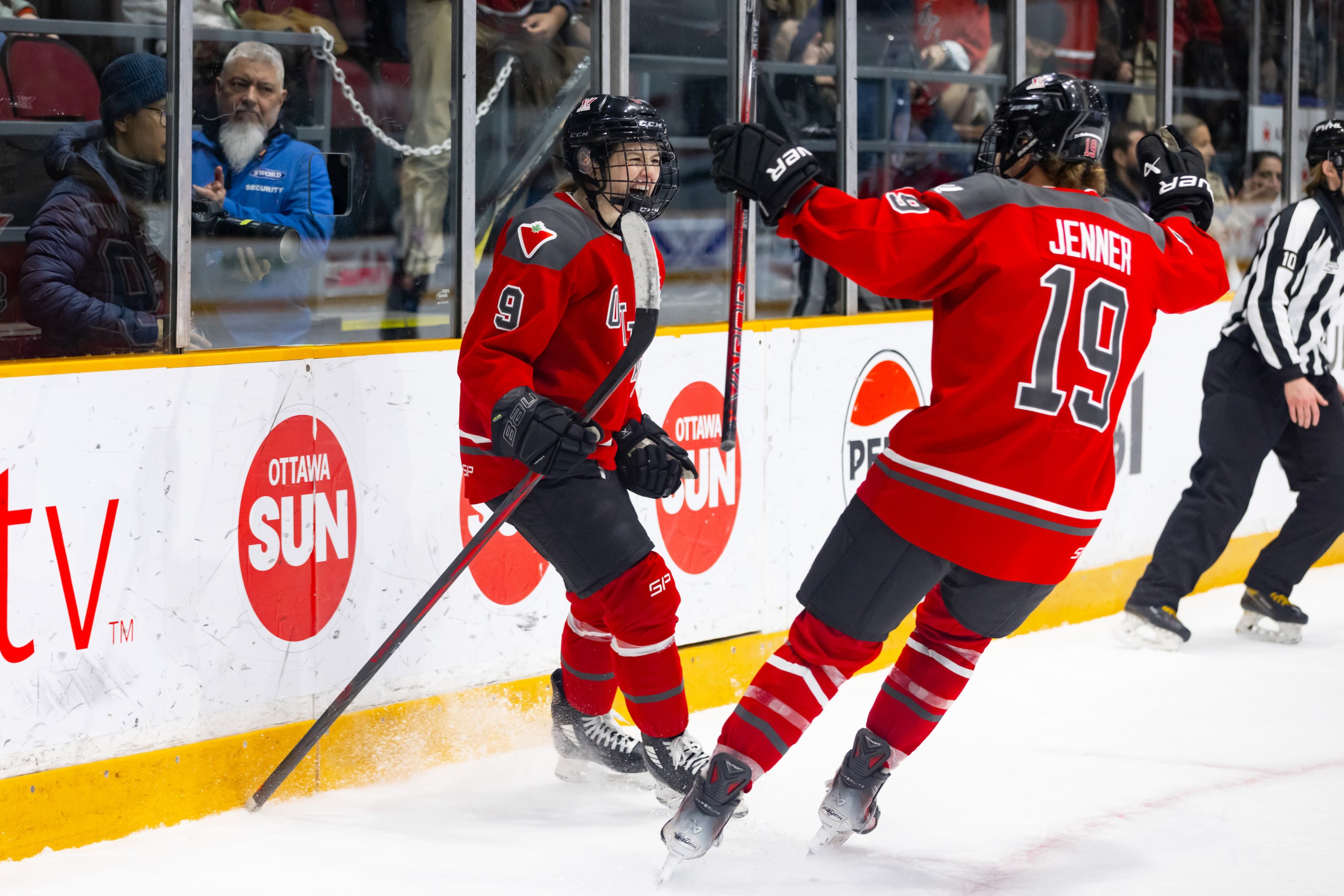By God, The Time To Beat The Shift Is Upon Us
12:14 PM EDT on April 20, 2022

Anthony Rizzo of the New York Yankees is seeing some pretty extraordinary defensive alignments during his at-bats these days. Get a load of this:
The Tigers defensive lineup for Anthony Rizzo. Crazy. (He walked) pic.twitter.com/0lJKDYO9UJ
— Jesse Rogers (@JesseRogersESPN) April 20, 2022
That gentleman standing deep in right field, a few steps shy of the warning track, is an infielder. There is not a single person standing anywhere to the left of second base between Rizzo, at the plate, and Tigers left-fielder Austin Meadows, a solid 300 feet away. This is not even a Detroit thing. The Blue Jays pulled the same deal in the seventh inning of a game last week, pulling second baseman Santiago Espinal to deep right, shifting third baseman Matt Chapman to the right of second base, and stationing shortstop Bo Bichette in shallow right field. For crotchety old baseball grouches like me, this is The Puke Zone.
This Rizzo shift is possibly the wackiest shift currently in regular usage. Last season, Rizzo saw some form of exaggerated defensive realignment on more than 76 percent of his plate appearances. That seems like a huge percentage, but it was actually good for 52nd in all of baseball. In 467 plate appearances in 2021, Carlos Santana of the Royals did not face a shift just 11 total times. Kyle Seager faced more shifts last season (610 in 668 plate appearances) than Rizzo had total plate appearances (574). Rizzo's somewhat lower rate of shifts might possibly have something to do with the fact that Rizzo's Weighted On-Base Average (wOBA)—a formula that calculates the expected run value of each way that a batter gets on base—was actually a few ticks higher against the shift than against a standard alignment. Considering all possible outcomes, it is still probably smart to shift against Anthony Rizzo, but he is somewhat more successful at overpowering the shift than some of his fellow lefty pull-hitters. Santana, for example, saw his wOBA cut nearly in half by the shift, in 2021. Shifting is still smart baseball.
Rizzo struck out in that seventh-inning at-bat against Toronto, and so apart from whatever role it had in Rizzo's approach and swing shape and all that stuff, the shift didn't do much. The Blue Jays pulled the same look again in Rizzo's next and final plate appearance of the game, in the bottom of the ninth. That is when Rizzo did this very cool thing:
Anthony Rizzo just showed Major League Baseball how you beat the shift pic.twitter.com/BdpOIexoh1
— Bronx Central (@BronxCentral) April 14, 2022
Hell yes! An ugly and bad bunt that due to the exaggerated positioning of Toronto's defenders went for the easiest possible single. To me this is extremely cool, and is in fact the very thing that I have been hoping for in baseball for most of the last decade. Not so much a bunt to beat the shift, but the return of directional hitting and a little bit more small-ball. Not because it is baseball played The Right Way or because it is mathematically sound or whatever, but because it is so so so much more engaging for a spectator than dreary three-outcomes shit. The haters and losers, as well as those who understand "math" and "how to use a calculator," will point out that this is the shift producing a positive outcome for the defense: Rizzo's single, per FanGraphs, has a weighted value (0.901) roughly four-tenths lower than that of a double (1.296) and well less than half that of a dinger (2.152). In non-theoretical terms, this was a one-out single in the ninth inning of a two-run game—valuable, but nowhere near as valuable as would've been a solo dinger, which is an impossible outcome the very moment Rizzo squares up to bunt. The Yankees failed to capitalize on Rizzo's cleverness, and lost the game, 6–4.
It is our most dreaded enemy, mathematics, which has insisted for a long time that the best and most effective way to beat the shift is by socking a dinger right over the top of it. Unfortunately, as the 2022 numbers confirm, that is still the case, and launch angles and fly ball rates will continue to figure heavily in modern baseball, from in-game strategy all the way down to scouting and player development. However! There is some hope on the horizon. Jeff Passan of ESPN reported Wednesday morning on some interesting new developments in the game, having to do with the majestic dinger. Turns out dingers are way down in 2022, and the sample size is already big enough to suggest that the trend may hold. Just 3.93 percent of plate appearances in 2022 are ending with home runs, the lowest rate since 2015, and nearly two percent lower than the all-time high, set in 2019. This is not because batters are suddenly unable to swing the bat, either: According to Passan, the league-wide batting average this year is "identical to last year's through 10 team games," and the on-base percentage is marginally higher. The ball just isn't flying as far, even when smoked:
The percentage of balls hit 93 mph-plus with 20 to 35 degrees of launch have gone for home runs 29.8% of the time -- the lowest mark over the first 10 team games played since Statcast came to be and down from last year's 34.17%.
A specific area is where the change is really happening, though. It's on balls hit between 100 and 102 mph at those same launch angles. Only 16.42% of such batted balls are going for home runs. Over the past seven years, that number has been 33.1%. That is not just an outlier. It means something is happening.
ESPN
Balls are being smashed and are simply not leaving the yard like they used to. Passan theorizes that this is due to the fact that all 30 MLB teams are storing their baseballs in humidor-controlled environments, for the first time ever. Serious math types have already shown that increasing the humidity of the storage conditions of baseballs leads to decreased exit speeds on batted balls. It could well be that by juicing the baseball (with humidity), MLB has unjuiced the baseball! What does that mean? It means that even with the value of a dinger near a 30-year high, the likelihood of a dinger, even on your best damn barreled-up swing, is currently lower than shit. You can continue pursuing launch angle all you like, my sweet math-knowing friends, but when even your barreled shots are routinely landing safely in the gloves of outfielders, suddenly going over the shift starts to seem somewhat less productive a strategy, and simply going around it starts to gain a little ground.
A little! Only a little! Not enough for a full-blown revolution, perhaps, but enough for me to start daydreaming about the return of directional hitting. Smart people have warned that outlawing the shift would primarily help big lumbering sluggers, by allowing them to continue taking big honking cuts and trying to rip everything to deep right field. Those smart people—who annoy me very much for throwing a wet blanket over my visceral hatred of the shift, and for being correct to do so—insist that the very thing that might finally lead to a change in emphasis—away from three-outcomes monotony and toward bat control and the endangered lined double to the opposite field—is conditions finally making it functionally impossible for a lefty batter to thrive without an arsenal of diverse strategies to confound the shift. The shift will be deemphasized, we can be sure, just as soon as everyone masters the art of punching the ball the other way. And isn't that exactly what I am constantly moaning about? Yes.
It's too early to say whether the Humidor Era heralds the return of a more varied and exciting brand of baseball. Even if this works, it'll take years for organizations to shift their priorities all the way down the line and start producing generations of hitters who can flick the bat out there and smoke an outside fastball through the left side. Rob Manfred and the owners will probably freak out about the decrease in dingers and replace the humidified baseball with a damn Titleist long before this amounts to anything. Nevertheless I am allowing myself to be pumped, and even slightly jacked. My advice to the Anthony Rizzos of the modern game is to continue working on their bunting! It may increasingly come in handy!
If you liked this blog, please share it! Your referrals help Defector reach new readers, and those new readers always get a few free blogs before encountering our paywall.
Staff Writer
Stay in touch
Sign up for our free newsletter




